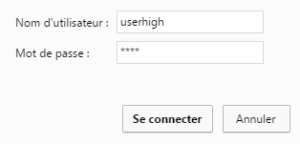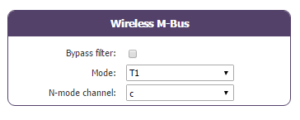Looking for something else?
Tunnel – SMS Configuration parameter: “SMS_”
MTXTunnel has a lot of SMS features. SMSs can be used (sent and received) to configure, report, start/stop any service, etc.
You need to configure the SMS messaging feature with the following parameters:
Table of Contents
SMS_sendIP
Description: MTXTunnel starts the 4G/3G/2G connection and associated services (tunnel, WebServer, telnet …) if it receives a missed call or an SMS with the text string “mtxtunnel on”. This parameter means that MTX-Tunnel has to send the obtained IP address in another SMS.
Possible values:
- on, off
- Default value: off
Additional notes:
- If the parameter was already enabled (value “on”) and the G/3G/2G connection was already established, MTX-Tunnel sends the obtained IP address to the sender
- Only authorized phones will receive a response if the SMS_allPhones parameter is “off”
SMS_ATEnabled
Description: You can execute an AT command sent in an SMS format from a mobile phone terminal by enabling this parameter.
Possible values:
- on, off
- Default value: off
Additional notes:
- Use a value of “on” to enable this feature. The SMS must start with the special string header “MTXTUNNEL AT”
- E.g. If you need to find out the remote modem network coverage, send an SMS with MTXTUNNEL AT+CSQ. Do not use “”
- Only authorized mobile phone numbers can execute AT commands using SMS if the SMS_allPhones parameter is disabled (“off” value)
SMS_ATResponse
Description: Some SMSs can be sent to perform an operation and you do not need a response (an SMS to be sent back to you). However if you need an SMS response from MTX-Tunnel execution status, enable this parameter.
Possible values:
- on, off
- Default value: off
Additional notes:
- If you send a command by SMS or RS232/485 (see SMS_tunnelString) to the end device, MTX-Tunnel waits for 5 seconds before replying and sending an SMS with the response or error
SMS_allPhones
Description: You can use this parameter to specify whether any phone number is authorized to start the GPRS session by sending an SMS (text “mtxtunnel on”) or via a missed (voice) call.
Possible values:
- on, off
- Default value: off
Additional notes:
- “on” value means all end phone numbers are authorized for SMS control
- “off” value will only allow this feature to work with configured phone numbers. See the next parameter to learn how to authorize phone numbers
SMS_validPhone1, SMS_validPhone2, … , SMS_validPhone10
Description: this parameter is used to allow up to 10 phone numbers to have MTX-Tunnel SMS control. SMS_allPhones parameter must be “off.”
Possible values:
- Numeric phone number, either local or international
- Default value: none
Additional notes:
- Valid characters are the numbers “0”… “9” and the “+” character
SMS_alias1, SMS_alias2, … , SMS_alias10
Description: previous configuration parameters show how to send AT commands via SMS so they are executed by MTX-Tunnel. However, sometimes it can be uncomfortable to send an SMS with the text AT^MTXTUNNEL=SETIO,3,1 to communte a digital output, specially if the MTX-Tunnel is part of a thirdparty system.
It is possible to establish up to 10 alias for the execution of AT commands. Following the previous example, an alias could be established: Rele1on> AT^MTXTUNNEL=SETIO,3,1. With that, a received SMS by the MTX-Tunnel with the text “Rele1on” would be interpreted like the command “AT^MTXTUNNEL=SETIO,3,1.”
Possible values:
- 64 characters max text string
- Default value: none
Additional notes:
- The string must contain the special character “>” to separate the alias and the AT command
SMS_aliasOk
Description: The SMS_ATResponse parameter allows us to configure MTX-Tunnel to reply via SMS to an incoming SMS that contains an AT command with the corresponding response. This parameter (SMS_aliasOk) allows us to substitute the response given by the modem with user defined text when the AT command has been correctly executed.
Possible values:
- A text string with a maximum of 100 characters
- Default value: none
Additional notes:
- If the SMS_aliasOk parameter contains text (i.e. not left blank), this text will be sent via SMS as a response to the AT command instead of the technical result of the AT command generated by the modem
SMS_aliasError
Description: The SMS_ATResponse parameter allows us to configure MTX-Tunnel to reply via SMS to an incoming SMS that contains an AT command with the corresponding response. This parameter (SMS_aliasOk) allows us to substitute the (technical) response given by the modem with user defined text when the AT command has NOT been correctly executed.
You can use this parameter if the execution of an AT command was unsuccessful and there was an error. It is possible to change the error with your own text response string.
Possible values:
- A text string with a maximum of 100 characters
- Default value: none
Additional notes:
- If the SMS_aliasOk parameter contains text (i.e. not left blank), this text will be sent via SMS as a response to the AT command instead of the technical result of the AT command generated by the modem
SMS_aliasResponse
Description: SMS_aliasResponse parameter allows to define the corresponding response to an alias. That means it allows to decide whether to return the full answer of the command to be run (i.e. including the executed command in the SMS) or to include the response only.
Possible values:
- full, result
- Default value: full
Additional notes:
- Examples:
- In case the value of the parameter SMS_aliasResponse is “full”, the following will occur:
SMS sent: TEMP
SMS received: AT^MTXTUNNEL=GETMODBUS,1;10;1;3
25
OK - In case the value of the parameter SMS_aliasResponse is “result”, the following will occur:
SMS sent: TEMP
SMS received: TEMP > 25
SMS_tunnelString
Description: MTXTunnel features SMS tunnelling to serial COM1. This parameter enables and configures text to be sent directly to the device connected to COM1.
A value “MTX” enables SMS tunnelling. Example: An SMS with the text “MTX+[space]123456789” will be interpreted and the text string “123456789” will be sent to the serial COM.
Possible values:
- A text string with a maximum of 16 characters
- Default value: none
Additional notes:
- The space character is used as separator between the SMS_tunnelString parameter activation string and the text string to be sent to COM1
- If SMS_responseAT parameter is enabled (value=on), MTX-Tunnel will wait 5 seconds and an SMS will be sent back with the device’s response data present at the COM1 port
- This response must be truncated to 160 characters long so it does not exceed the string length
SMS_urc
Description: This parameter is available from version MTX-Tunnel v7.15. If the value is set to “on”, every time an SMS messsage is received, the modem will send an URC via the serial port indicating the SMS has been received.
Possible values:
- on, off
- Default value: off
Additional notes:
- The URC format is:
^MTX_SMS[space]PhoneNumber,Textmessage
It can be very useful if, besides using a GPRS serial gateway, you want to receive in RAW mode
an SMS message sent from a mobile phone.
SMS_header
Description: Parameter available from version MTX-Tunnel v7.17. In v7.16 MTX-Tunnel and previous versions, all AT commands sent via SMS had to be preceded by the key “mtxtunnel”. For example, to send the AT command to check remote coverage it was necessary to send a SMS message with the text “mtxtunnel at+csq”. Or to learn the current modem IP, you had to send an SMS with the text “mtxtunnel on” It is now possible to personalize this key.
Possible values:
- Text of up to 6 characters
- The value “none” will make it unnecessary to enter any header in the SMS
- Default value: mtxtunnel (for compatibility with previous versions)
Additional notes:
- The use of an additional header is always recommended, especially if all telephone numbers are authorized to send commands via SMS
SMS_replaceText
Description: This parameter allows you to replace a string received in a SMS message with a different one. For example, if in an SMS message a text with the characters “XX” is included, these characters could be replaced by “@12345”.
Possible values:
- TextToReplace; TextReplacement
- Default value: none
Additional notes:
- It can be useful to send special characters such as @
- An example of configuration can be:
SMS_replaceText: XX,@12345 (texts separated with a semicolon)
SMS_defaultPrefix
Description: With this parameter it is possible to set the international prefix that will be considered for those SMS or missed GSM calls which are received in the modem with any prefix. That is to say, if modem receives a GSM call and it doesn’t include the prefix, this prefix will be used.
Possible values:
- Maximum length 16 char
- Default value: nothing
Additional notes:
- This parameter is only used by modem when the parameter SMS_allPhones has the value “off”, i.e. when authorized telephone numbers are authorized
- Example. We need to make a missed call to the modem for getting the current IP address. Additionaly we want to send AT command by SMS from authorized telephone numbers
SMS_allPhones: off
SMS_sendIP: on
SMS_ATEnabled: on
SMS_ATResponse: on
SMS_validPhone1: +34666123456
SMS_validPhone2: +34666123457
SMS_defaultPrefix: +34

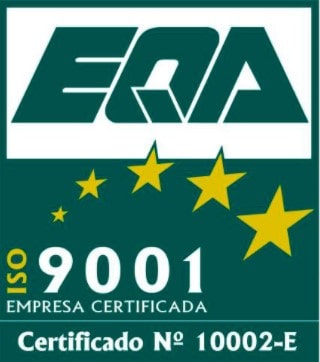
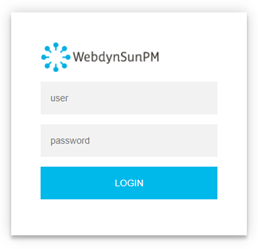
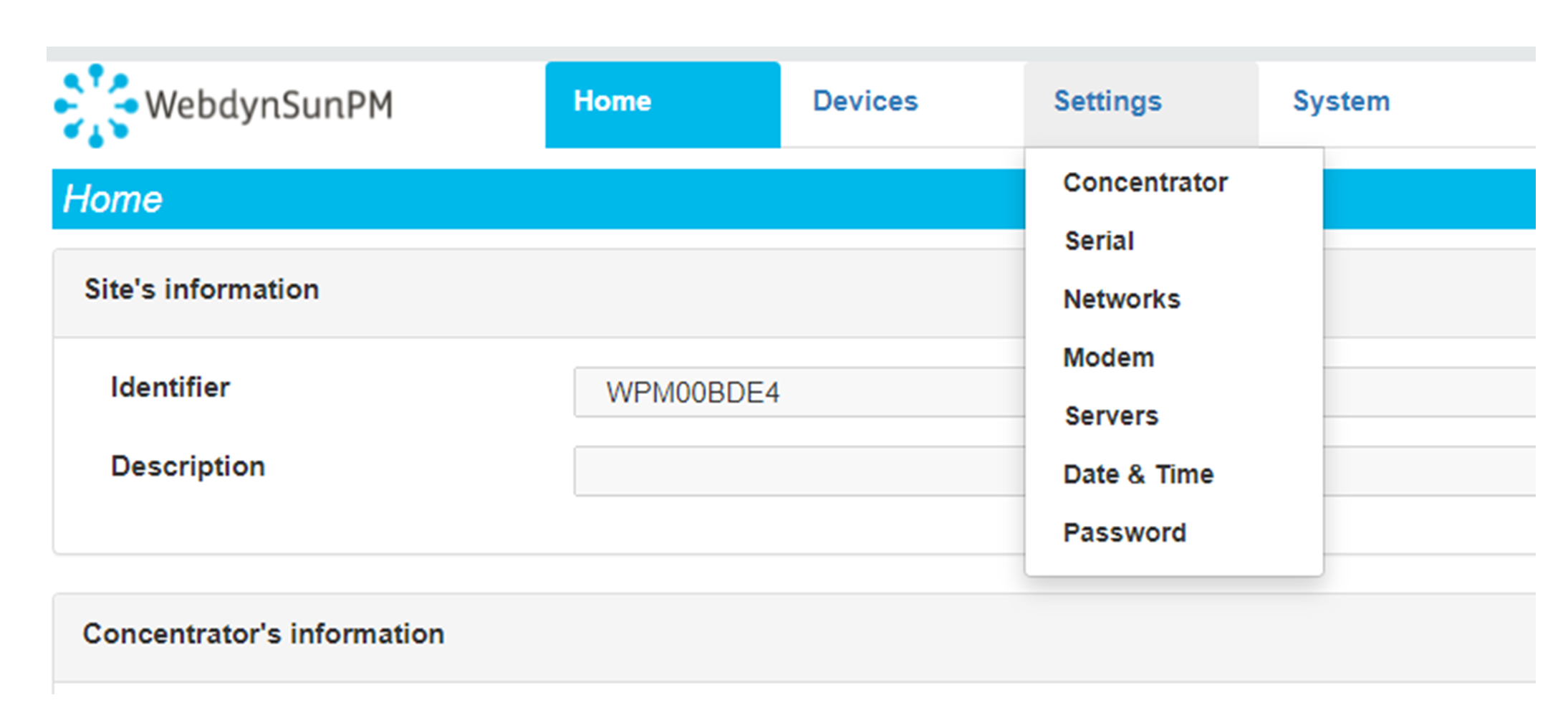 Enter the “ethernet” or “modem” connection type:
Enter the “ethernet” or “modem” connection type:
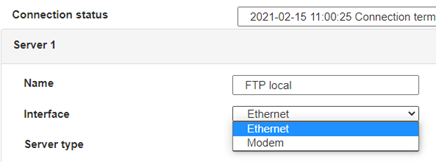 For an ethernet configuration, make sure the IP parameters are compatible with server access according to the concentrator local network configuration. For an ethernet connection, the configuration must be compatible with the concentrator’s local network topology so that it can access the servers. This configuration is done from the “Networks” configuration page (see section 3.2.2.3: “Networks”).
For a modem connection, the modem configuration must be correct before a connection can be set up. This configuration is done from the “Modem” configuration page (see section 3.2.2.4: “Modem”).
The parameters for the servers to be configured are at least the following:
For an ethernet configuration, make sure the IP parameters are compatible with server access according to the concentrator local network configuration. For an ethernet connection, the configuration must be compatible with the concentrator’s local network topology so that it can access the servers. This configuration is done from the “Networks” configuration page (see section 3.2.2.3: “Networks”).
For a modem connection, the modem configuration must be correct before a connection can be set up. This configuration is done from the “Modem” configuration page (see section 3.2.2.4: “Modem”).
The parameters for the servers to be configured are at least the following:
 Therefore the following fields need to be configured: “Interface”, “Type”, “Server type”, “Address”, “Port”, “Login” and “Password”.
The other fields can be left at the default values subject to the directories having been properly created beforehand. See section 3.1.2: “Configuration files” for more details.
Therefore the following fields need to be configured: “Interface”, “Type”, “Server type”, “Address”, “Port”, “Login” and “Password”.
The other fields can be left at the default values subject to the directories having been properly created beforehand. See section 3.1.2: “Configuration files” for more details.




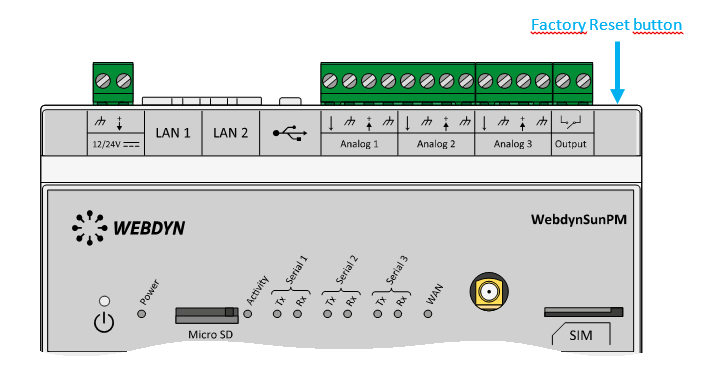 Wait. The concentrator will reboot using its factory configuration.
Wait. The concentrator will reboot using its factory configuration.

